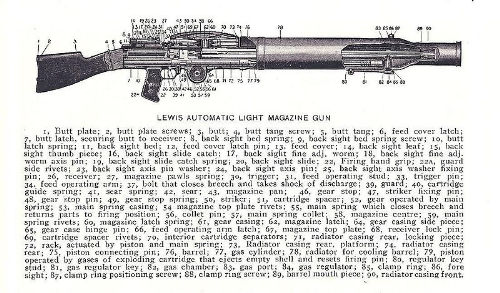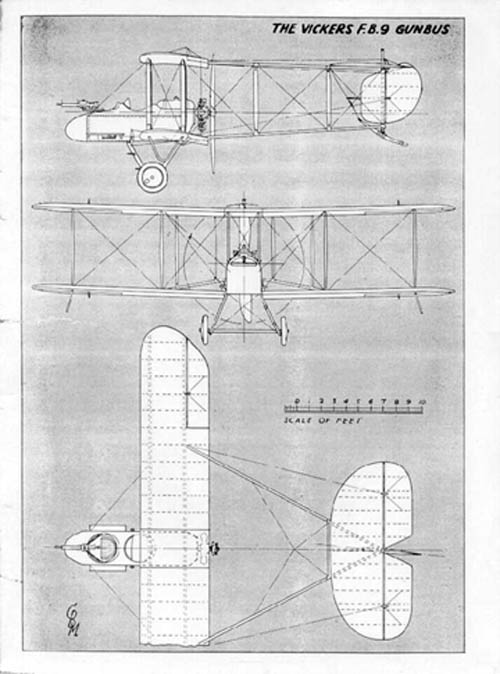Vickers Ltd, one of the armaments powerhouses for Great Britian, started an Aviation department in March of 1911, following Hiram Maxim's flight attempts, from whom they had acquired the Maxim gun. It was headed up by a Captain H. F. Wood to build their first fighter plane. They had purchased the rights to build a French monoplane, the REP, invented by the famous early French flyer and aircraft designer, Robert Esnault-Pelterie. The British Admiralty didn't like the design and passed. Undeterred, aircraft design progressed rapidly.
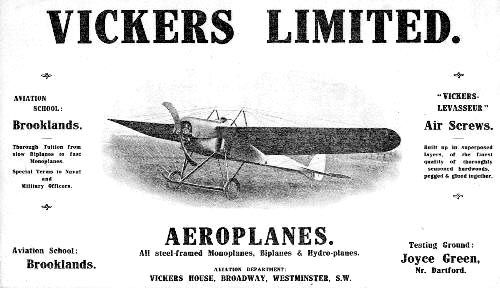
However, by 1912, Vickers received an order from the Admiralty for a scout aircraft armed with a machine gun, the resulting aircraft being the first fighter plane in history. The earliest attempts were failures, as any new technology would produce. The first prototype, the EFB-1 (also called the type 18 Destroyer) carried a Maxim 7.7mm machine gun in the nose, operated by a gunner, the motor being in the rear in a pusher configuration. The engine was a V-8 Wolseley producing 80 hp. The first flight proved the gun too heavy for the nose, and quickly crashed.
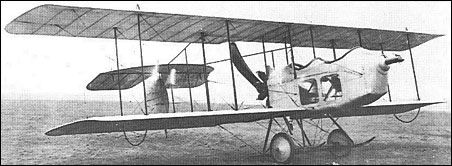
The EFB-2 was redesigned, with changes to the wings (but still using wing warping for control) and a different engine, the Gnome Monosoupape 100 hp 9 cylinder rotary. It also crashed. The EFB-3 fared better, with wing redesign (again) but this time adding ailerons, and led to an order for 6 planes from the Admiralty in late 1913.
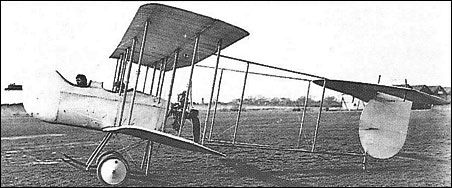
The final design for the "Gunbus" was the FB-5. The engine was the Gnome 100hp Rotary, the tail was attached to 2 long booms from the front wings, and the gun was changed to the lighter Lewis gun. By this time World War One had started and the War Office ordered planes for the Royal Flying Corps and they arrived on the front in February 1915.
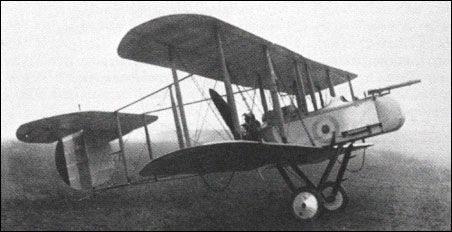
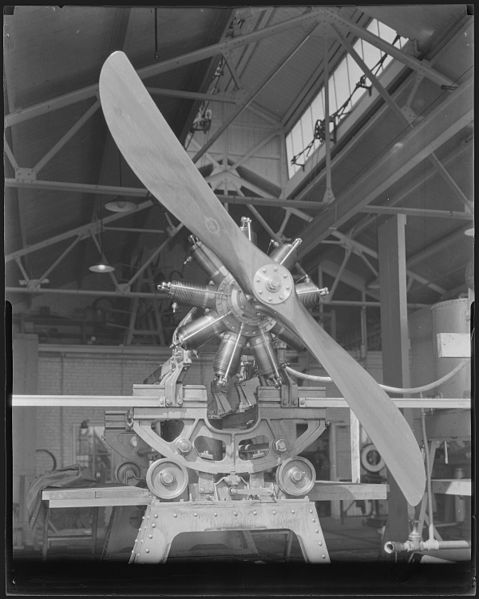
Update 3/20/13 The original picture of the Gnome engine in this article was actually a LeRhone! Thanks to Bill Walsh for spotting it.
241 planes were delivered to the RFC, and France and Denmark built a number under license. Aircraft technology quickly eclipsed these planes though, and they were withdrawn from the front in spring 1916. At 2000 pounds and with a max speed of 70 mph, they suffered from an unreliable engine and poor performance compared to later aircraft. However, these early planes gave the Brits the edge, and also formed the first fighter squadron ever. The FB-9 was the last in the Gunbus line, being more streamlined and with a few other improvements. 100 of these were made but progress relegated all the leftover machines to training squadrons.
